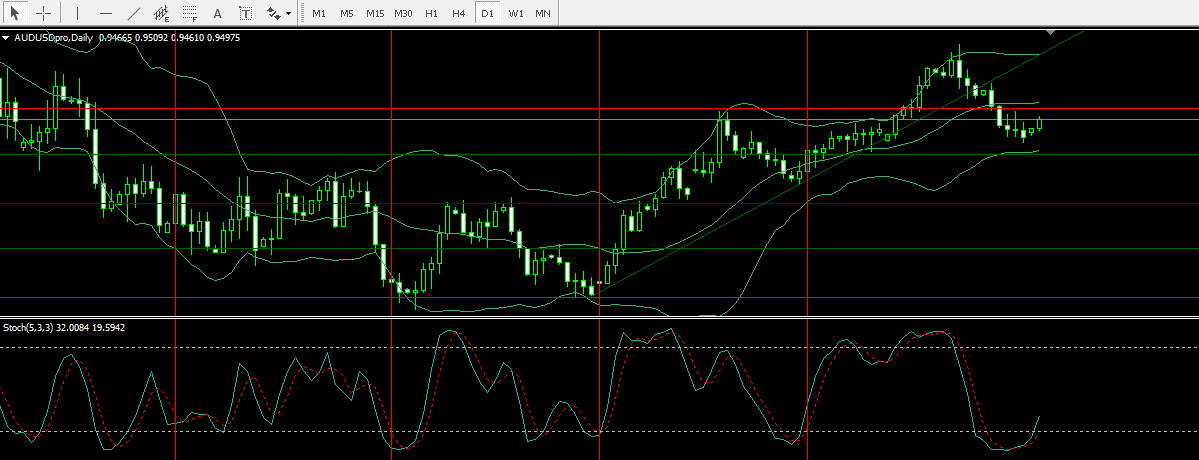Last week's U.S. Federal Reserve decision - by which the Federal Open Market Committee (FOMC) left rates unchanged, but more importantly did not change their rhetoric going forward about the condition of the economy, or the future plans to taper excessive stimulus - delivered a very memorable week for currency trading.
Plunging from a high of just above 1.38 to a close at the weekly low of 1.3485, the EUR/USD collapsed 315 pips (points in percentage) to gain more than $3,000 on a single contract.
Of course, as all good traders know, one does not pick the absolute high and the absolute low...
But what was it that caused such a remarkable sell-off, and more importantly, what does that mean for currency trading today?
Currency Trading: What Moved the Euro Last Week
While the FOMC comments on Wednesday did set this move in motion, we are also forced to reckon with a couple other pieces of information that accelerated the euro drop into the end of the week.
First, Europe's inflation numbers imploded, dropping from 1.1% last month to only 0.7% for the current reading - a record low for the last four years.
Second, their unemployment rate hit record highs at 12.2%. In an environment where stable inflation (at a target of 2.0% per year), and certainly better than 12% unemployment, are the goals, this leaves the central bank plenty of room to "do something" in terms of easing.
We heard from the ECB's (European Central Bank) Ewald Nowotny that there would be "no rate cut" to the euro. Although, in government speak, that sometimes actually guarantees a rate cut.
But the central bank may have to do something...
The general malaise that has settled back into the region, with which markets have become accustomed to dealing, is increasing. And while a rate cut would certainly prove to be a useless and ineffective tool (as it has elsewhere in the world), the possibility of another LTRO (Long Term Refinancing Operation) may not be off the table. These loans, which were repaid early by banks in an effort to stave off inflation and to prove their worthiness and stability, created something of a jump start in the Eurozone on their first deployment. However, even though past performance is not indicative of future results, the ECB may be inclined to try just such a thing once more.
Effectively it adds stimulus to the economy, and the announcement of such measures, either present or in the immediate future, would likely continue to sink the euro as we head into the end of the week. The central bank decision is on Thursday.
Given the massive drop last week, this is not a good place to enter a short trade. Currency traders could revisit Thursday if the euro is bearish, but I would stand aside here for now...
So even though last week's move in the EUR/UDS was nearly cataclysmic (moving in three days as much as it often moves in an entire month), and the U.S. Dollar Index completed a six-day rally at the end of the week, do we look for that to continue this week?
Currency Trading This Week
We haven't seen a similar rally since October 2011. And going back four years to the heart of the financial crisis, we have only seen this kind of dollar run four times, and not one of them has produced a major turn in the markets.
So, on the whole, markets are holding off on any major inflections until we see the ECB rate announcement on Thursday and the U.S. nonfarm payrolls and GDP on Friday.
One currency trading opportunity that could arise before Friday, when the U.S. nonfarm payroll report and GDP report come out reflecting U.S. economic weakness, is the AUD/USD (Australian dollar and U.S. dollar).
In the AUD/USD, we saw a rebound at the start of the week, after selling last week. Chinese data, which came in better than expected ahead of Monday, helped pull up the Aussie dollar a bit as the country anticipates better days ahead with its largest trading partner. Considering the AUD's position against the USD, and with a good rate differential between the Aussie and buck, I would consider this pair a good candidate for a bullish move now.
For more on currencies: The Best Currencies to Invest in for 2013




